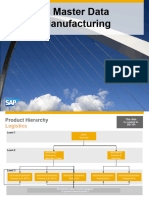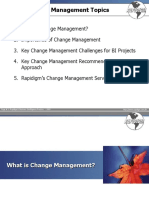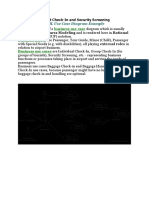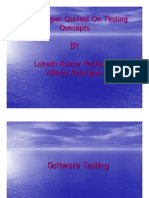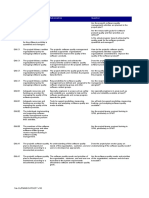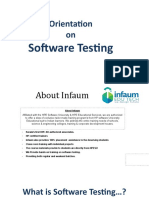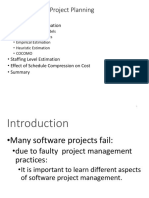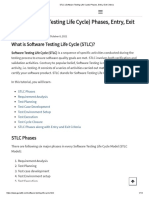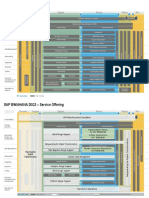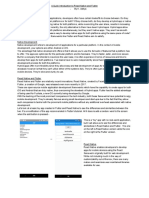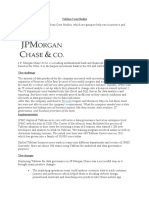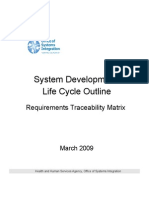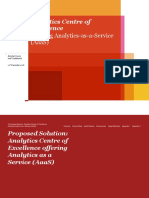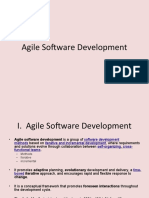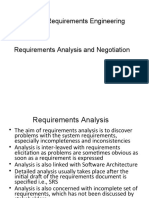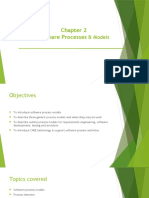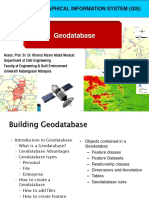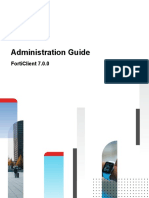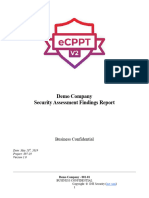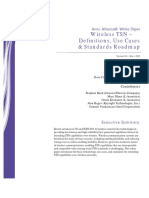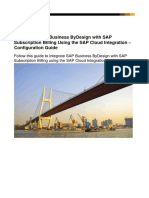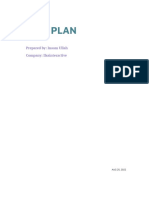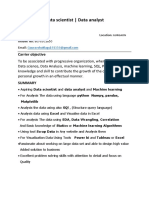0% found this document useful (0 votes)
127 views50 pagesSoftware Process
The document discusses different software development process models:
1. The waterfall model involves separate sequential phases from requirements to maintenance. It is inflexible to change but suitable when requirements are well-understood.
2. Evolutionary development iteratively develops and refines an initial system through customer feedback. It is suitable for interactive systems with poorly understood requirements.
3. Formal systems development uses mathematical transformations to ensure the program matches its specification. It requires specialized skills and may be difficult for user interfaces.
4. Reuse-oriented development integrates existing components. It is becoming more important but has limited experience. Process iteration and incremental development deliver functionality in phases to accommodate evolving requirements.
Uploaded by
Anuraj001Copyright
© Attribution Non-Commercial (BY-NC)
We take content rights seriously. If you suspect this is your content, claim it here.
Available Formats
Download as PPT, PDF, TXT or read online on Scribd
0% found this document useful (0 votes)
127 views50 pagesSoftware Process
The document discusses different software development process models:
1. The waterfall model involves separate sequential phases from requirements to maintenance. It is inflexible to change but suitable when requirements are well-understood.
2. Evolutionary development iteratively develops and refines an initial system through customer feedback. It is suitable for interactive systems with poorly understood requirements.
3. Formal systems development uses mathematical transformations to ensure the program matches its specification. It requires specialized skills and may be difficult for user interfaces.
4. Reuse-oriented development integrates existing components. It is becoming more important but has limited experience. Process iteration and incremental development deliver functionality in phases to accommodate evolving requirements.
Uploaded by
Anuraj001Copyright
© Attribution Non-Commercial (BY-NC)
We take content rights seriously. If you suspect this is your content, claim it here.
Available Formats
Download as PPT, PDF, TXT or read online on Scribd
/ 50

